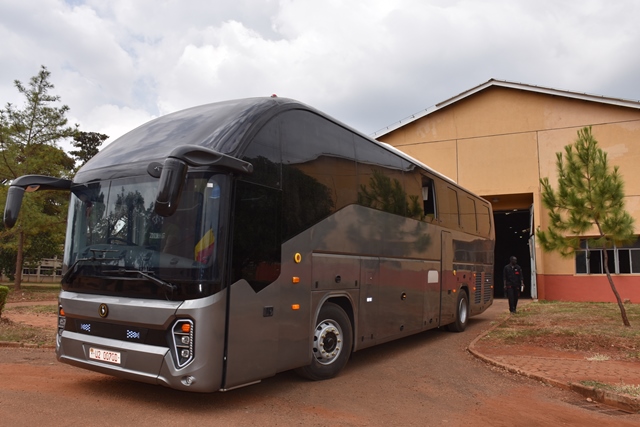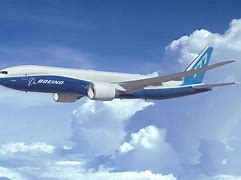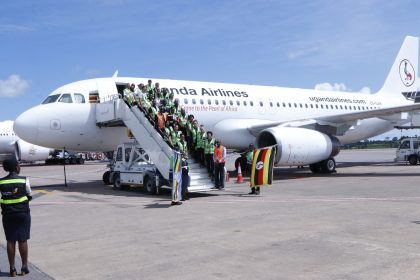Kiira Motors vehicle manufacture to earn central and local governments UGX373billion

The central government will collect a projected UGX 209 billion over a five-year period while the local governments in Kampala, Mukono and Wakiso districts, will collectively reap UGX61 billion over the same period, once automotive startup Kiira Motors Corporation (KMC) starts initial production.
At UGX96 billion, Withholding Tax will be the biggest contributor to the central government’s share followed by Income Tax at 87 billion. Another bundle of UGX26 billion will be derived from income tax on bus revenues, Pay As You Earn, Local Service Tax and PSV license fees.
The revenue to the local governments will primarily come from the operation of the urban mass transit system that will be operated in Greater Kampala by a special purpose vehicle jointly owned by KMC and Tondeka Metro.
Separately, the project will result in UGC 97 billion in contributions to the National Social Security Fund Government’s UGX 209 billion and UGX 6 billion in VAT on bus assembling activities. The compound initial multiplier effect of the project on the economy will be UGX373 billions. That would come in addition to the 100,000 jobs that will be created across the different tiers of the value chain.
The numbers form part of the Project Value Proposition that KMC had made to the government. The automaker that is set to put another three market validation vehicles on the road at the end of this month, is racing to achieve two-thirds localisation of its supply chain by 2030. That translates into roughly 19,500 of the 30,000 parts and components that make up a typical vehicle.
KMC’s 5000 vehicles a year initial production plant in Jinja was at 85percent completion in August and commercial vehicle production is expected to start in January 2022. The first delivery of 300 buses for Kampala mass transit system operator Tondeka Metro is expected to follow a month later.
The company has so far built two electric urban circle commuter buses and one long-distance, diesel-powered bus. Another three buses are due to roll out of the temporary assembly facilities in Nakasongola.
The company is chasing a steep target of putting 1020 buses, fifty of them electric, on the road by June 2022. The project will need annual capitalisation of USD3.4 million for the first three years after which it will become cash positive.
Supply chain localisation will be achieved in two major steps starting with about 38pc in 2026, peaking off at 65pc in 2030. The initial ramp up will be partially achieved through the 5.4 tonne steel structure which represents about 30 percent of the Kayoola electric bus structure. The company has locally sourced slightly over 100 components to build the buses currently under assembly.
KMC Chief Executive Paul Isaac Musasizi, says while the electric batteries that power the Kayoola EVS account for about half the value of the bus, there are many other components that can be locally made once the domestic automotive eco-system is mobilized.
“Some of these parts such as body parts and wiring harnesses are not rocket science. Working together in a multi-sectoral approach we envisage a competitive and sustainable, indigenous motor vehicle industry producing 0.5 million vehicles a year by 2030,” he said.
For instance, electric power cables maker, Uganda Cables, has already been engaged to supply the wiring harnesses while Uganda Batteries limited is primed for manufacture of the high-density batteries for the electric buses.
KMC is aiming at both the private and government markets to offtake its production. The company has proposed an offtake agreement with the government under which it would supply a quarter of the 1200 new SUV units that the government purchases every year.

 Brussels Airlines to announce Nairobi service
Brussels Airlines to announce Nairobi service
 SITA promises enhanced travel experience after Materna acquisition
SITA promises enhanced travel experience after Materna acquisition
 Saudia’s 105 aircraft order stretches A320neo lead over rival Max
Saudia’s 105 aircraft order stretches A320neo lead over rival Max
 Boeing refuses to pay hackers $200 million for stolen Data
Boeing refuses to pay hackers $200 million for stolen Data
 Uganda-Tanzania announce date for second joint business forum
Uganda-Tanzania announce date for second joint business forum
 Uganda Airlines leased A320 arrives in Entebbe
Uganda Airlines leased A320 arrives in Entebbe
